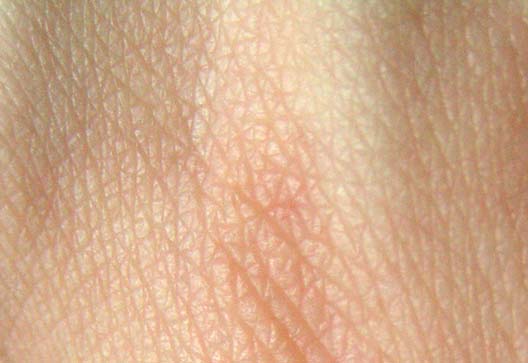Burn specialists at Massachusetts General Hospital (MGH) announced today they have successfully used live-cell, genetically engineered pig skin (xenograft) for the temporary closure of a burn wound. Through an FDA-cleared phase one clinical trial led by surgeon Jeremy Goverman, MD, of the MGH Sumner Redstone Burn Service, this procedure marks the first-time pig tissue derived from an animal with gene edits has been transplanted directly onto a human wound.
Human cadaveric skin—or allografts—obtained from national skin banks is a standard of care for deep second and third-degree burns to temporarily close massive burn wounds. Cadaveric skin, as with other organs, is often subject to national shortages, expensive and requires strictly regulated tissue banks for processing. The cadaveric skin allows time for the patient to stabilize and protects the underlying wound while the patient awaits permanent closure with their own skin.
To address these issues, MGH collaborated with Boston-based XenoTherapeutics, which designed and implemented the safety protocols for the special live pig tissue graft, known as xenoskin. The genetic modifications of these particular swine—developed in the 1990’s at MGH by David Sachs, MD—removes a gene specific to pigs and not present in humans, allowing the pig skin to appear less foreign to the human immune system.
During the procedure, a 5-by-5-centimeter piece of genetically engineered pig skin was placed on the recipient’s burn wound after it had been cleared of necrotic tissue….



